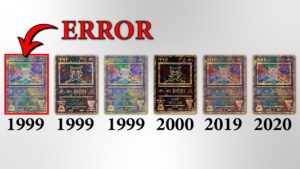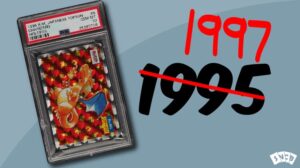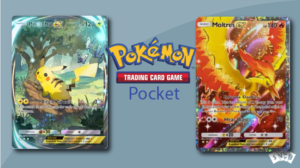How to Protect Pokémon Cards (and other cards!)
-
By: Oliver Copeland
- Published:
- Last Updated: February 6, 2024
So you’re in possession of some valuable Pokémon cards, and you need to protect them in order to preserve their value. We have you covered! This is the most in-depth comprehensive guide on the internet, so buckle up!
"The most comprehensive in-depth guide on the internet."
Table of Contents
Damage, Moisture, UV, and Dogs
Let’s first discuss what kind of hazards we need to be aware of.
General Wear & Tear
If you pull cards from booster packs and then slip them into a sleeve immediately, then this part probably isn’t directed toward you. But some people let their cards run around naked, with no sleeves at all!
If you don’t sleeve your cards, you’re going to find whitening, frayed edges, banged-up corners, and creases. This is general wear and tear from moving your cards between storage containers, playing with them in actual matches, or even just having them on display.
Moisture
Trading cards are made of card stock, which is in between paper and cardboard. Cards are obviously very susceptible to water damage, so we need to protect against moisture.
Spilling coffee or tea is an obvious hazard, but we are more worried about humidity and peripheral water damage.
Humidity isn’t going to destroy your cards, but it can cause foil cards to bend or warp. Luckily, this isn’t considered damage as it is reversible, but its better to avoid it altogether.
Peripheral water damage is from rain blowing in through your open windows, particles from a spray bottle travelling too far, or a rogue splash from a nearby sink.
Ultra Violet Rays
Sun can suck the color right out of your cards.
As collectors, we love to display our cards out in the open, but if caution isn’t exercised, displaying your cards can lead to irreversible damage. I’m talking about UV rays form the sun.
A sun-faded card is worth significantly less than a fresh one!
Dogs
Ok, I don’t mean to pick on dogs specifically, but pets and even family members are a huge risk to your cards.
Of course, it’s never intentional, but your cards can get hurt if you don’t take this into account. In the next section, I will teach you how to avoid pet-related catastrophic events.
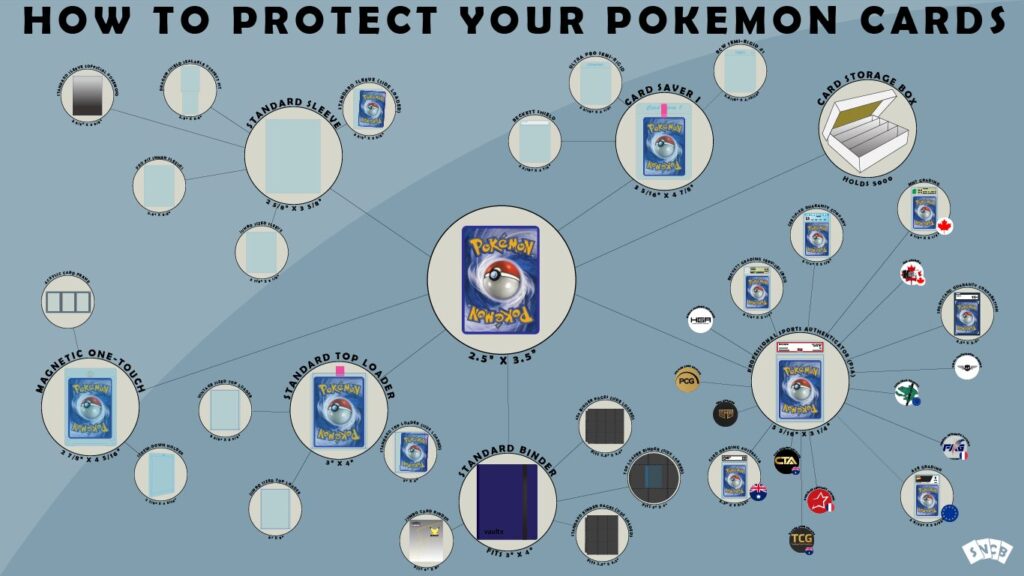
How to Protect Singles
A ‘single’ is referring to a single trading card.
Here are the storage devices most often used for singles:
- Sleeves
- Card savers (semi-rigid sleeves)
- Top loaders (rigid sleeves)
- Magnetic One-touches
- Screw-Downs
- Grading Services
Let’s break these down individually and discuss their appropriate uses (I told you it would be in-depth)!
Sleeves
Sleeves, sometimes called ‘penny sleeves’ are the most primitive yet effective way to protect your cards. All they are is a thin pocket of polypropylene that you slip your cards into.
Sleeves are most effective at protecting corners, edges, and light abrasions.
There are hundreds of different styles and sizes of sleeves, but the most important factor is that they are available to you and affordable. Don’t stress over the kind of sleeve you choose.
Sizes
-Standard
A traditional trading card is 2.5″ by 3.5″ (also known as ‘poker-size’) and standard sleeves will be a little larger than that at 3″ by 4″. This is by far the most common size of sleeve.
Here are the sleeves I recommend:
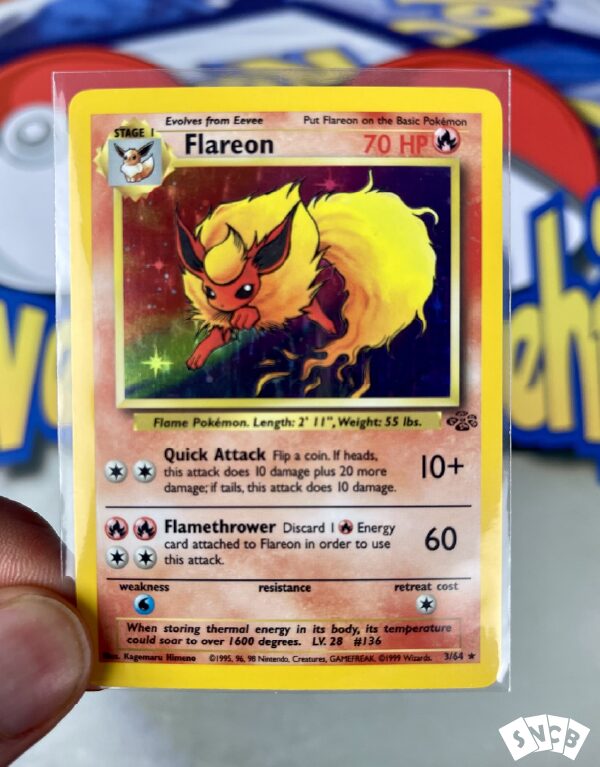
-Perfect Fit
You can also find sleeves that fit your card perfectly, hugging the card, and leaving no room for movement. These are ideal for some applications such as double-sleeving.
Here are the perfect fit sleeves I recommend:
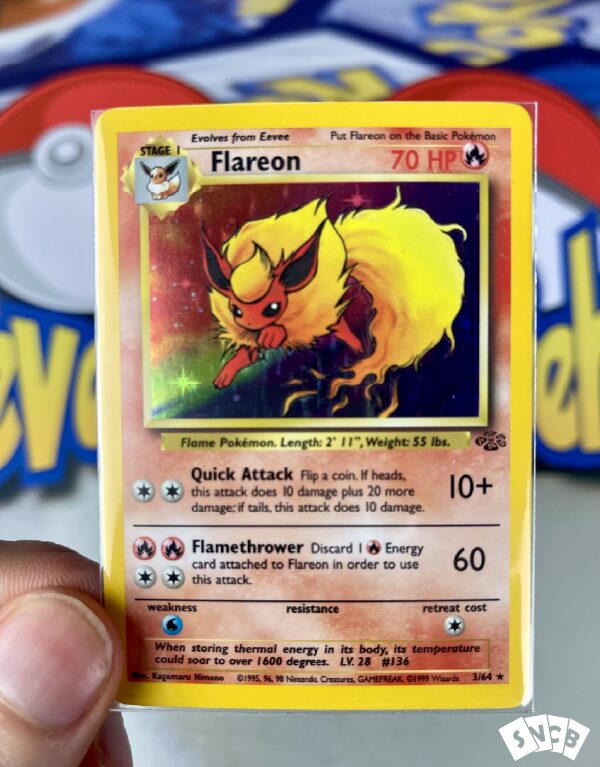
-Japanese
A few trading cards are smaller than standard, such as Yu-Gi-Oh! These are often called ‘Japanese size’ even though the card size is originally based on the game cribbage.
This size is 3.46″ by 2.48″. If you use perfect-fit sleeves for Yu-Gi-Oh! cards, they will work very well, emulating the fit of a standard-size card in a standard sleeve.
You can also purchase small sleeves that fit smaller-size cards perfectly. Look for ‘Japanese size’ sleeves on Amazon.
Here are the small sleeves I recommend:
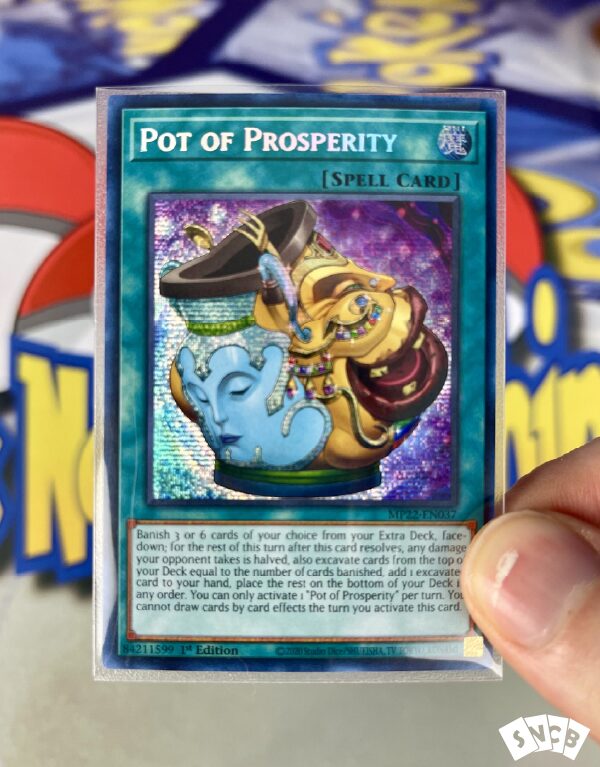
-Oversized (Jumbo)
Sleeves are also available for oversized cards, often referred to as ‘Jumbo’ cards.
These are identical to regular soft sleeves, but bigger, obviously.
Here are the jumbo sleeves I recommend:
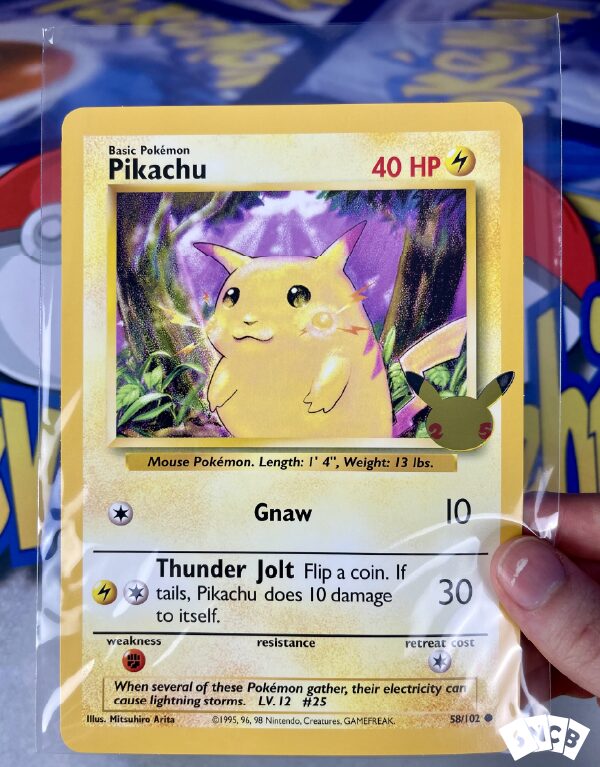
Card Savers (semi-rigid sleeves)
This device, known as a ‘semi-rigid’ sleeve is best for shipping cards.
Actually, PSA requires that you send your cards in for grading inside of semi-rigid sleeves. That’s because these hold your cards tight, not allowing for any movement.
The plastic panes have no space between them, and effectively;y sandwich your card inside. You can throw or drop a semi-rigid and your card will not shift out of place. (But don’t do this!)
There are many different brands that make semi-rigid sleeves but Cardboard Gold makes the most well-known product known as Card Savers.
Here are the Card Savers I recommend:
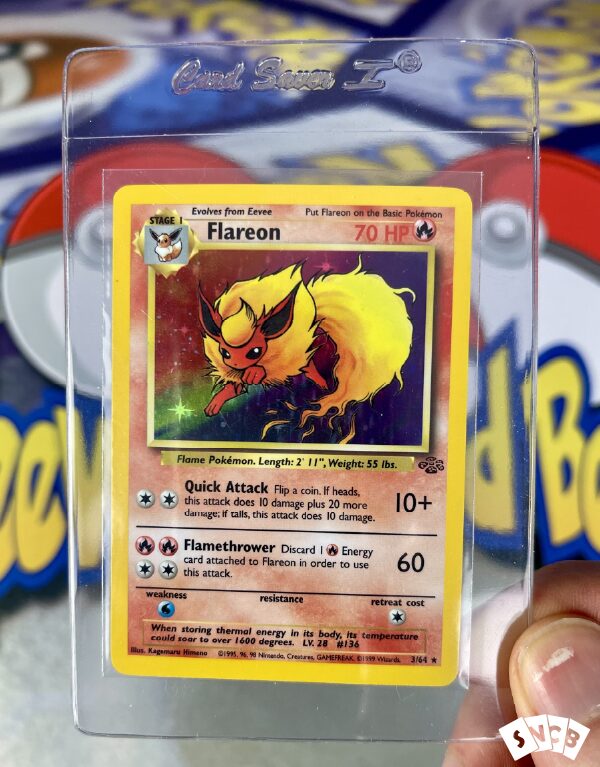
Top Loaders (rigid sleeves)
You probably already have some top loaders, and that should represent how important and abundant they are. These are also known as ‘rigid’ sleeves.
Top loaders are extremely popular and they are often one of the first storage devices you’ll end up with, one way or another.
These are fine for shipping but work best as a collector’s best friend because they excel at daily collection use. Top loaders are good for storing your cards in boxes, or binders, traveling between locations, and selling/buying.
Top loaders have a gap between the pane of plastic, unlike card savers, and this gap can cause damage. Let me explain.
Dust or other abrasive particle can fall into this gap and when a card is inserted or removed, can cause scratches. This is why you must always use a soft sleeve before inserting it into a top loader.
Furthermore, it is recommended to store your top loaders upside-down in order to prevent any particles from falling inside! It is also common practice to dispose of top loaders once they have served their time. If they have scratches and scuffs, chuck ’em.
Sizes
Top loaders are not just for trading cards. You can find them for comic books as well, which means they come in many different sizes.
If you have oversized or ‘Jumbo’ trading cards, top loaders are available online. I’ve even once saw a top loader made for a poster-sized uncut card sheet from the factory. It was enormous!
Here are the top loaders I recommend:
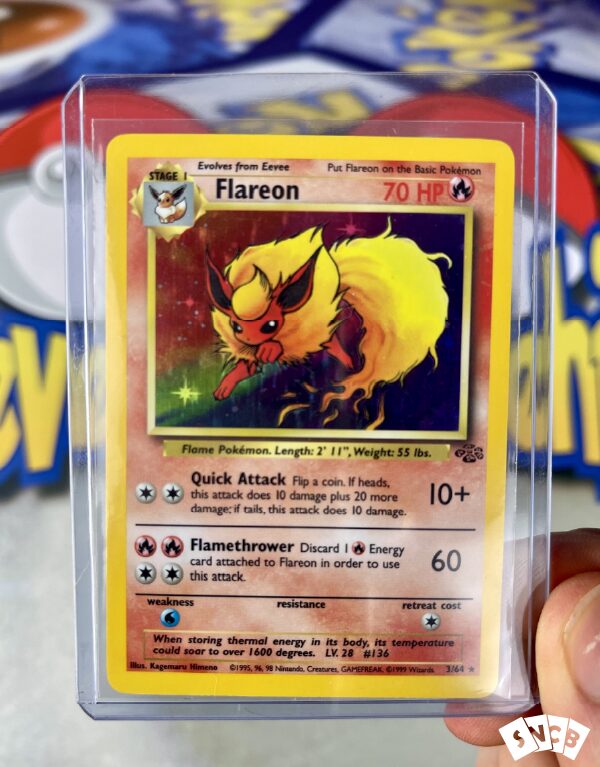
One-Touches and Screw-Downs
These two are similar devices, both being acrylic hinge-based mechanisms.
Magnetic one-touch devices are very popular today and used to protect a card better than thin plastic can offer. Many, depending on the brand you choose, are also UV resistant and will protect your card from sun fading.
A screw-down is similar to a one-touch but uses a screw to tightly close the device around your card.
You may have heard that screw-down cases are bad and to never use them, but the poor reputation comes from years ago when there was no recessed pocket for the card. Two flat pieces of acrylic would squish the card, widening and lengthening its dimensions, when screwed down too tightly.
Today, this is no longer a worry as those types of holders are hard to find.
Here are theone touches I recommend:
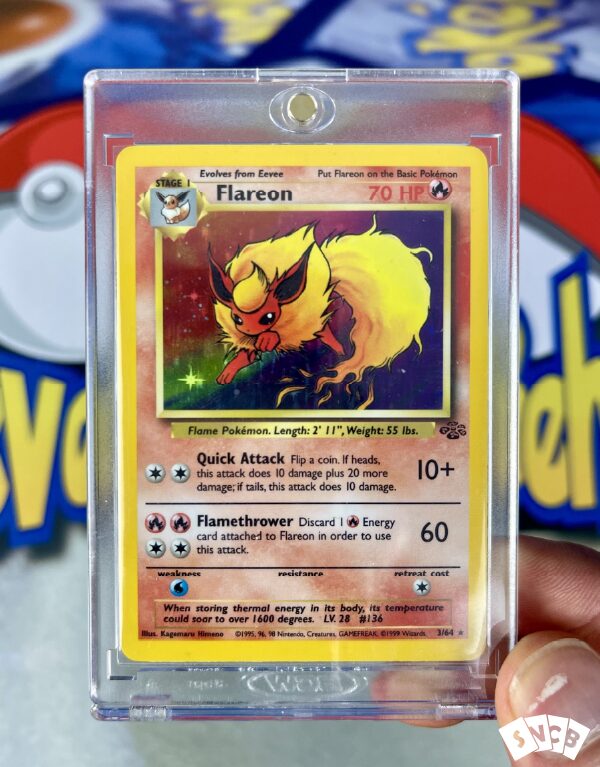
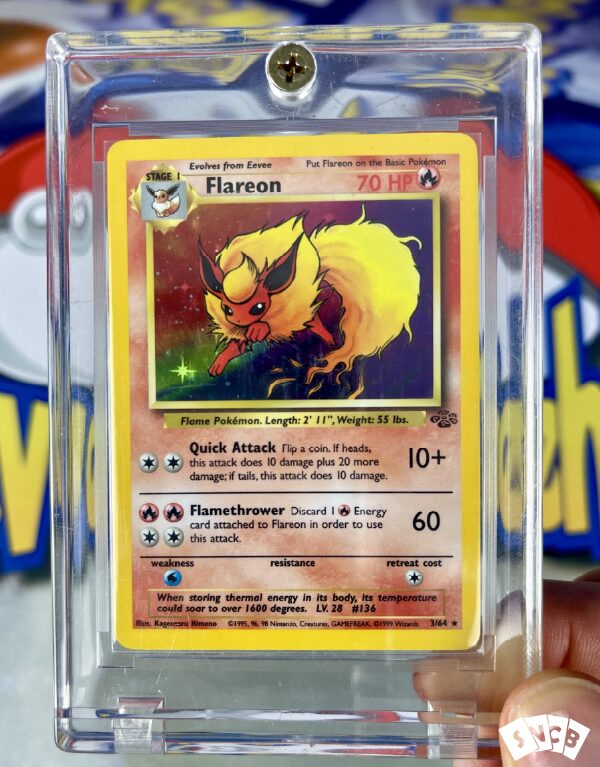
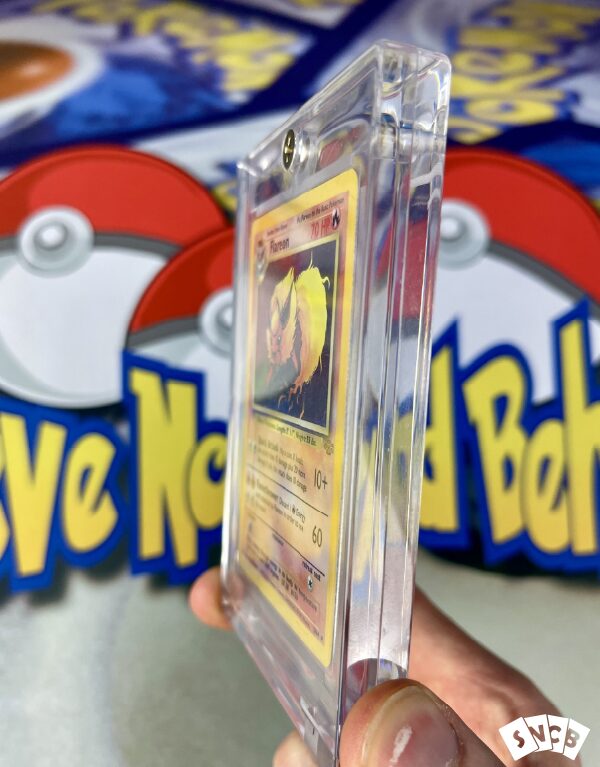
Grading Services
Let’s talk about grading services from the perspective of card protection.
One of the benefits of having your card graded is that the case or ‘slab’ is tough acrylic. It’s not as thick or strong as a one-touch, but it does a great job of protecting against most accidents.
As for UV protection, you’ll have to check the company’s website to see if their slabs offer that feature.
But for the most part, a graded card slab will protect against scuffs, abrasions, moisture, dust, humidity, and impacts such as dropping it from a low height. Having your cards graded is a lot of fun, but one of the most expensive forms of protection.
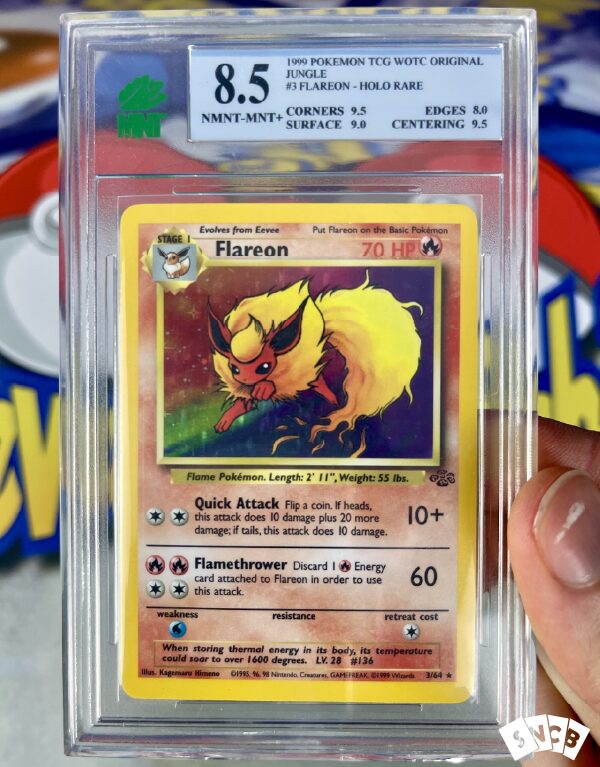
How to Protect Collections
Binders
Binders to Avoid
Before we get into the binder guide, let’s talk about the BAD kind of binder.
3-ring binders can damage your cards. If you use this type of storage device, you could potentially put a ring dent into your prized cards.
This happens when you close the binder but the pages fall all the way back down the rings. The page gets pinched between the cover of the binder and the ring, and a dent will form if there is a card being pinched.
Some people claim that D-ring binders solve this issue but they do not, they only lessen the likelihood of the incident.
Another issue with 3-ring binders is the pages. If you have some of the clear pages that top load (cards are inserted into the pockets from the top) then you risk dumping your cards all over the floor if the binder is turned upside down. Ask me how I know this.
Today, you can purchase pages with side-loading pockets, and this solves that issue.
Modern Binders
For Sleeves
Modern binders have the pages stitched into the binding, so you can no longer remove them. While this is a drawback, the design is overall much more reliable and safe for your cards. It is a small price to pay for card security.
You can jump on Amazon and find these binders very affordable and in different formats. For example, the historically popular 9-pocket design is currently being overtaken by a 12-pocket design, which many believe is more pleasing to the eye.
You can also find 4, or even single-pocket designs.
You can even find modern binders with zippers, so your cards are protected from various small accidents that tend to happen.
For Top Loaders
Modern binders exist for top loaders, and within the past few years have become very available. Once a niche item at a premium price, they are now affordable and more commonly used.
The concept is very simple, they act just like a regular binder but have larger pockets specifically designed for top loaders.
In this case, one would insert their card into a sleeve and then a top loader and then insert it into the binder. These binders can be very heavy at maximum capacity, as you would expect.
For Card Savers
Just like the top loader binders, you can find binders made for semi-rigid sleeves as well.
Again, these stay true to the original design of a modern binder but have huge pockets that fit semi-rigid sleeves nicely. Due to their size, these pages often have a 3×2 layout.
For Graded Cards
Yes, you can find a binder designed specifically for graded cards.
These binders vary from the traditional design and go back to the 3-ring design, but ring dents are no longer an issue in this case.
Instead of pages, these binders now have removable hard plastic ‘pages’ that have pockets for a slab to click into place.
These binders are heavy, bulky, and so far not very popular. They do, however, over a lot of protection.
Here is an affordable binder that I like:
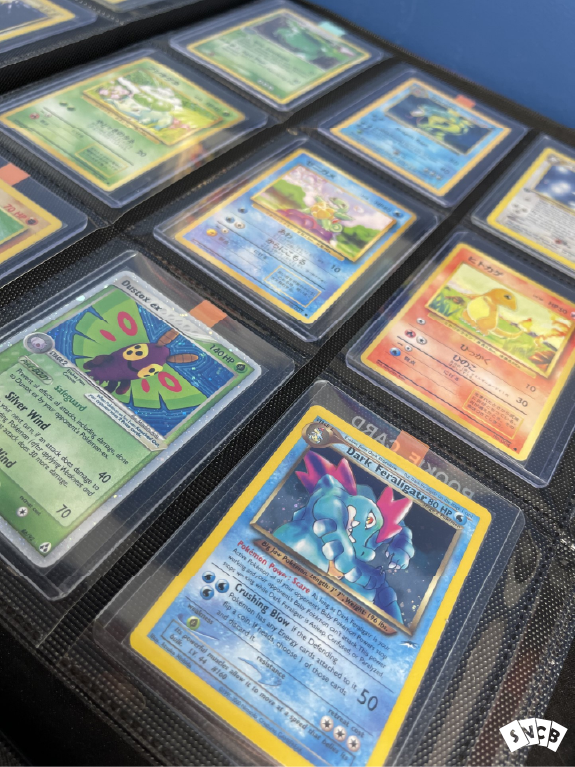
How to Protect Sealed Product
Acrylic Cases
Many of us like to collect sealed Pokémon card products, such as booster boxes or booster packs. These can be annoying to sore since their condition is so important and many have packaging that wasn’t made to last long-term.
Acrylic cases are a super common choice for this kind of niche. These are simply clear plastic cases designed to fit certain products specifically. You can find acrylic cases for booster boxes, hobby boxes, Elite Trainer Boxes, and anything else.
From a protection standpoint, they do well. Acrylic is very tough and will hold up in a move or if they need to be transported to a convention, for example.
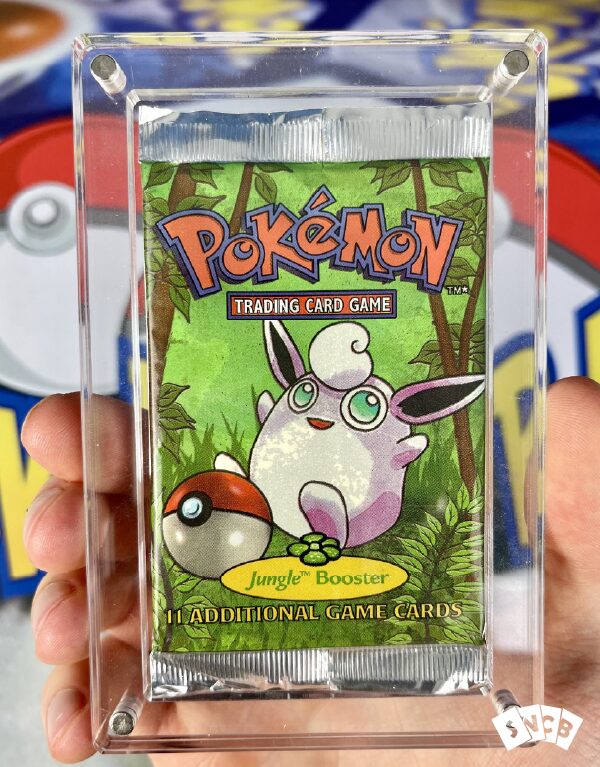
High-End Security
Hard Cases
Lately, we’ve seen this trend of hard cases used to protect cards.
These are similar to a piece of luggage but have inserts to hold cards. You can buy inserts for graded cards, top-loaded cards, and everything in between.
These offer great protection but also offer a discreet appearance for your card as well. In the event of a burglary, your cards will be inside a black case in your closet, as opposed to being on display in your gaming room!
Safes
It may be worth mentioning that safes can be used to store your cards. While this does sound a bit extreme, it’s not a joke.
Many Pokémon card collections can surpass $1 Million with just a few high-end cards. And outside of Pokémon, sports cards often sell for 6 figures or more as well.
A safe offers two main points of protection: Fires, and burglary.
A fire-proof safe is necessary if you live in an area that is prone to forest fires and can be a very smart investment.
The other one is burglaries. While this isn’t common, it’s possible. A 5, 6, or even 7-figure trading card should be kept in a safe, just on principle! But in the scenario that someone has broken into your home, having them locked up in a safe will increase the odds of our cards staying right where you left them.
Vaults
I don’t mean purchasing your own physical vault to store in your home (although that would be cool), but instead, the vault system is offered by big companies like PSA.
Basically, a company such as PWCC or PSA will store your cards for you in their “vault”. You can make an account access your collection online, and even send and receive cards to and from the vault.
This has huge benefits for people who don’t have the space to store cards or are traveling or in the process of moving.
The only security risk here is the card being lost in the post, which is unusual but does happen. The vault system offered by these companies is niche, but growing in popularity every year. PSA offers some cool perks like storing your cards in the vault straight from the grading process, or the option to send your cards off to an auction straight from the vault.
In terms of protection? Well, your cards are insured, and if one of these services loses your card, you’re likely to be covered. But this is less likely than the potential of your cards being damaged in your own home, I think.
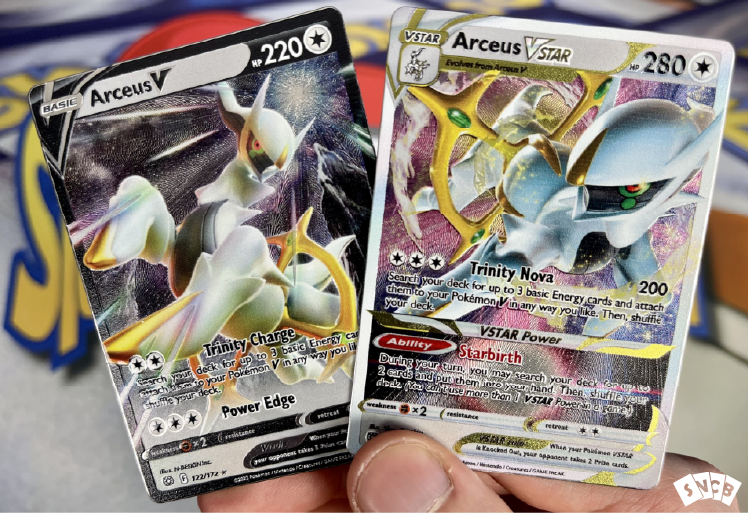
Insurance
Just as a quick note before we wrap up the article, consider private insurance if you have valuable cards.
Now, this isn’t literal protection for your cards, but it can definitely safe your butt if something happens. If you have a high-end collection, insurance is highly recommended.
These are pieces of cardboard after all.
If you’ve taken extreme steps like purchasing a fire-proof safe to store your graded cards, then insurance shouldn’t break the bank.
For those of us who have smaller, less luxurious collections, insurance might not be worth it. It’s really just something I thought I’d throw in, incase you hadn’t thought of it before.
Final Thoughts
I hope you enjoyed my guide on protecting your cards.
One thing I didn’t really touch on is sentimental value. Some cards may not be worth much financially, but can be invaluable if received from someone you love, or maybe its just representative of your childhood. Either way, I highly suggest taking card protection seriously and making a small investment in some proper storage devices.
In the meantime, good luck collecting cards!

